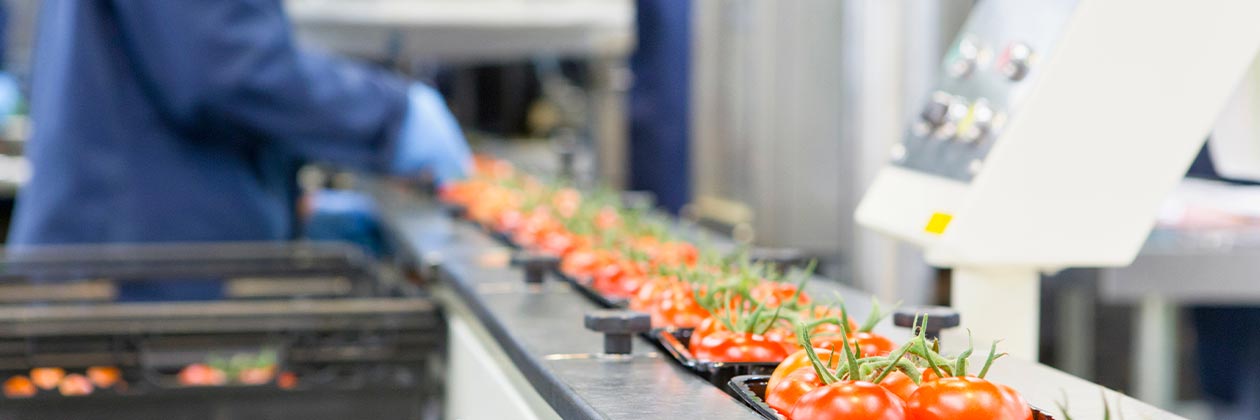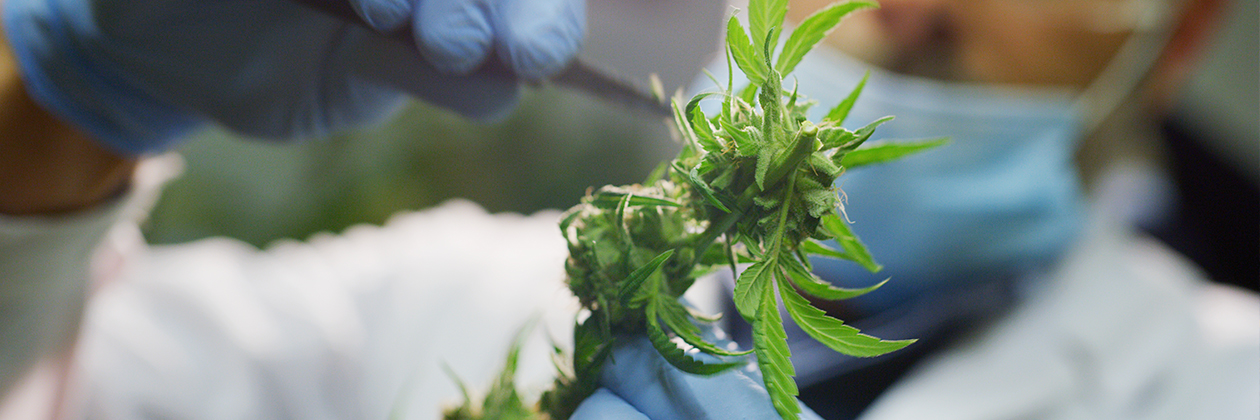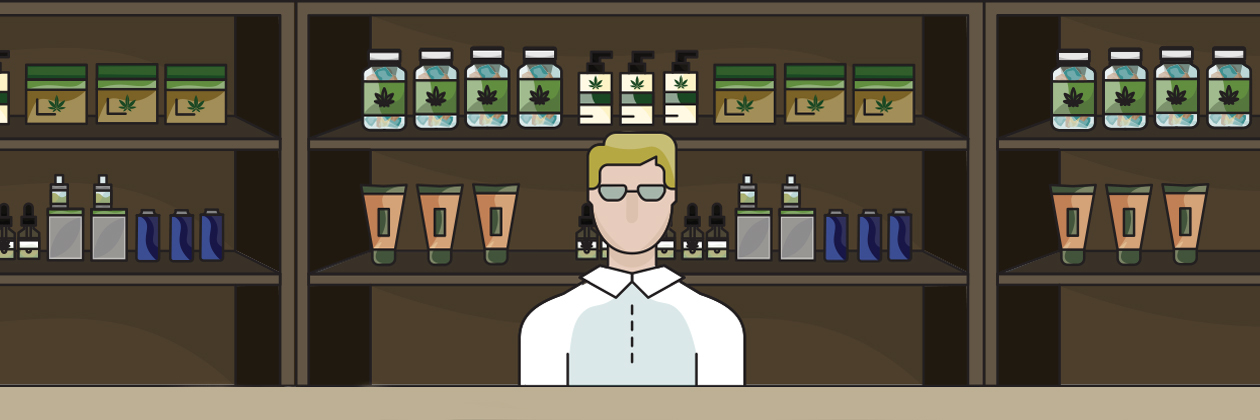In Food Manufacturing, If You Don’t Know How to Clean “You Might Want to Reconsider Your Career Choice”
Ben Hartman | February 28, 2024

In the food manufacturing industry, the importance of sanitation is hard to overstate.
“If you're manufacturing food and you don't know how to clean your plant you might want to reconsider your career choice. Because if you don't fix things up, you will probably end up on a naughty list and with lawyers and attorneys that are trying to keep you out of jail,” David Blomquist of DFB Consulting told Rootwurks.
He added, “the FDA (U.S. Food and Drug Administration) doesn't mess around right now.”
David Blomquist is a consultant for food safety with particular expertise in sanitation. His consulting company helps dairy and food processing companies resolve sanitation issues at their facilities and reduce potential exposure to food safety problems.
Blomquist spoke about major industry safety issues including the 2015 Blue Bell ice cream listeria contamination which resulted in the deaths of three consumers and the largest criminal penalty ever handed down in a food safety case conviction.
Blomquist said that ice cream is a product that requires particular care and attention and that regardless of what products a company makes, “sanitation is a total process that you have to pay attention to and if you don’t, you’re going to be in trouble.”
What is sanitary design?
When asked to name some of the more common sanitation problems he sees in the field, Blomquist said “the failure to follow procedures and have procedures.”
He explained the process as quite simple - you have a piece of equipment that you must clean so you apply the right cleaner for that equipment, scrub and clean the equipment, and rinse it off. These basic steps must be followed every time, or else real issues can arise.
But while following set cleaning procedures may be obvious, Blomquist mentioned another less well-known concept.
“You also have to consider sanitary design. If you have equipment that has pits and cracks and crevices in it so you can’t properly clean it, you’re going to have bacteria in it no matter what you do.”
You also have to make sure that cleaning equipment is only used for specific, set tasks. For example, brushes that are used for cleaning processing equipment should not be used to also scrub the floor.
“There are so many layers to food safety that you must be aware of. It's not something that you can just take somebody off the street and train them on food safety in a 15-minute session. It's something that you have to take a look at and dig into, to find out where the problems are,” Blomquist said.
And not knowing the guidelines and the expectations won’t protect a company.
“You are required by federal statute to provide safe and wholesome food and not knowing what that means and not knowing how to do it is not gonna help you if the FDA comes in to inspect your facility and finds deviations.”
Blomquist added that FDA inspectors “don’t mess around and if they find something they can shut down your plant and if things are bad enough they can have the Justice Department come after you and send you to jail.”
Not all cleaning is the same
There is no single standard for cleaning that applies across the board from home to the workplace.
“You may be used to washing dishes at home and cleaning up your home but that doesn’t make you an expert on cleaning,” Blomquist said, adding that there is a science to cleaning.
“You don't use a cleaner in your food processing plant that you would clean the engine on your car and you don't use a cleaner on your equipment that would maybe be used to clean the floor of your bathrooms,” Blomquist said.
And at work, the stakes are typically much higher.
“If you clean something wrong in your home and somebody gets sick, it might be a few people. If you do something wrong in your factory, you could have hundreds or thousands or even tens of thousands of people who become sick.”
Key steps for sanitation
At any processing facility, the company must determine what level of cleanliness is required for the premises. This is directly related to the product itself.
“If you have a product that is not shelf stable, like fluid milk, you need to have meticulously clean food product contact surfaces,” Blomquist said, adding that the same level of care is not necessary for products like sugar, which you can leave out on the table and it won’t start growing mold.
To determine the level of cleaning, facilities must carry out a hazard analysis to see what hazards they face and the steps that can be taken to mitigate them.
According to Blomquist, sanitation is a prerequisite for food safety and requires two key steps.
“One is validation, which essentially means I use this piece of equipment to produce this product and I have validated that I can get it clean by using these procedures. Then, every time you clean you have to do a verification - which could be as simple as a visual inspection - to ensure that you have cleaned everything to the level required.”
These procedures should be part of the master sanitation plan which shows all of the things that need to be cleaned in a facility and the specific procedure for the cleaning, Blomquist said.
“This is a detailed procedure that someone has written up that says we need to pull this apart and we need to take that apart and then we have to come in with these cleaners and these sanitizers and this is what we need to do.”
Ideally, companies should also make use of checklists that cover all sanitation actions to be carried out, Blomquist said.
And like so much in the food industry, when it comes to doing things the right way, it all must start at the top.
“It has to start at the top. If you don’t have people at the top addressing sanitation you’re not going to make progress.”







